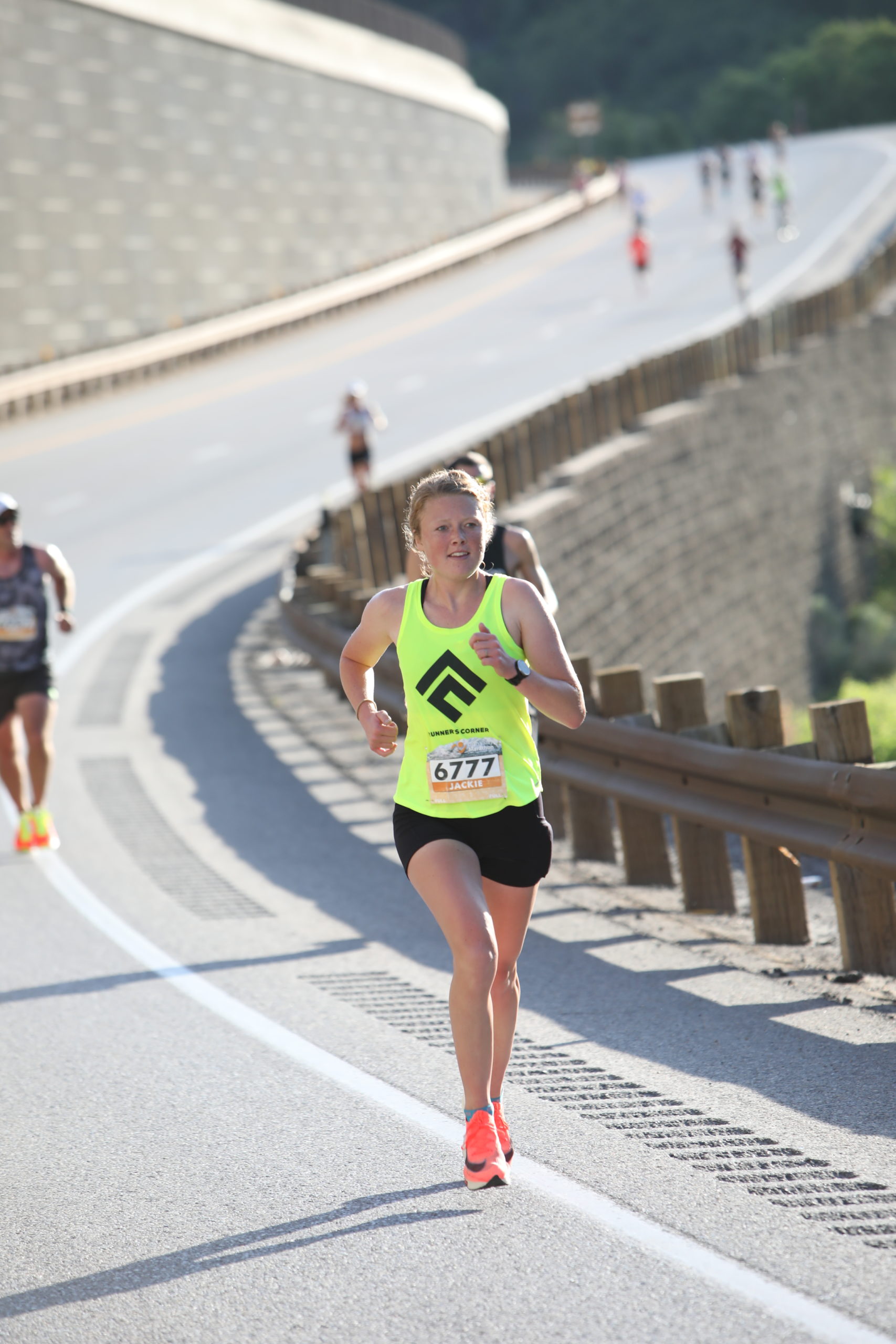Customizing Your Carb Intake: The Endurance Athlete’s Guide to Carbohydrates

In the world of nutrition, you’re going to be hard pressed to find a more dynamic duo than carbohydrates and endurance athletes. If your aim is to run, bike, or swim as long and as fast as possible, carbohydrates are the main nutrient you should focus on. Carbohydrates are the body’s preferred fuel source during exercise and a key player in an endurance athlete’s ability to recover from hard efforts. A logical question for endurance athletes may be: can you customize your carb intake?
Why Carbohydrates?
For perspective, our body metabolizes carbohydrates nearly two times as fast as fats during exercise. So while we can technically obtain energy from other nutrition sources, such as fats, it is a much less efficient process. When asking our body to perform at optimal levels, we want it to function as efficiently as possible. Hence, the focus on carbohydrates.
Carbohydrates stored in our muscle (glycogen) and also in our bloodstream (glucose) are used to provide energy to the muscles during training and competition. Following a hard effort, our glycogen levels need to be replenished. The sooner we replenish our glycogen, the sooner we will feel recovered and ready to tackle our next training session.
How Much Do I Need?
So, how much carbohydrate should an endurance athlete really be getting in a day? This depends on both how long and how intense an athlete’s training program is. Here are the ranges for customizing your carb intake based on your daily needs:
- Light (less than an hour per day, low intensity): 3-5 g of carbs per kilogram of body weight
- Moderate (about one hour per day, moderate intensity): 5-7 g of carbs per kilogram of body weight
- High (1-3 hours per day, moderate to high intensity): 6-10 g of carbs per kilogram of body weight
- Very High (4-5 hours per day, moderate to high intensity): 8-12 g of carbs per kilogram of body weight
*Tip: to calculate your weight in kilograms, divide your weight in pounds by 2.2.
As you would assume, daily carbohydrate needs increase as training load and intensity increase. Our body not only requires higher needs to sustain longer periods of exercise, but also requires more carbohydrate for recovery after higher energy outputs.
ADVERTISEMENT – Use Code RunTriBike to Save 20%

How Should I Change My Carbohydrate Intake For Different Stages Of Training?
When taking a high-level view of your training, you can probably identify a few different stages of workout volume and intensity throughout a year’s time.
Base training builds the foundation for your hardest weeks of training leading into a race. It is typically a time with higher volume and lower intensity. You may race occasionally, but aren’t tapering or ‘peaking’ for these types of races. Carbohydrate needs are more moderate at this point in your training, but will increase steadily if you are consciously increasing volume and intensity as you build into your training block.
Training blocks can be defined as the 10-12 weeks prior to a key race or event. Mileage and intensity are both at their highest during these weeks, requiring your highest average carbohydrate intake to support proper training and recovery.
During your taper, carbohydrate needs on a daily basis may drop slightly depending on the type of taper that works for you, but will ramp up to maximum carbohydrate intake in the 3 days prior to your race for a proper carb load. Read more about carb loading here.
After your race, athletes may take a bit of an off-season. The first few days following a long race will require higher carbohydrate intakes in order to support recovery, but those needs will decline as you provide your body with the rest and lower volumes and intensities it needs in order to be ready for your next training cycle. This period of time will characterize your body’s lowest need for carbohydrate. Periods of time where your training is nonexistent due to injury would fall in this category as well.
Practical Applications
When making a conscious effort to adjust carbohydrates appropriately, it can feel overwhelming to calculate and track the grams of carbohydrate you eat each day. To make this habit more simple, I encourage athletes to use the ‘plate method.’ Generally speaking, make sure the distribution of main nutrients on your plate match the ideal distribution for each phase of training you are in. These guidelines are loose, but should get you in the right range of carbohydrate intake.

Carbohydrates are the main nutrient endurance athletes should include in their diet. They provide the easiest form of energy for the body to use while running, biking, swimming, and lifting. Supplying the body with adequate carbohydrate allows the body to perform at its best and recover more quickly. Customizing your carb intake based on the phase of training you are in is an appropriate way to meet the changing needs of an athlete’s body.
References
- Mul JD, Stanford KI, Hirshman MF, Goodyear LJ. Exercise and Regulation of Carbohydrate Metabolism. Prog Mol Biol Transl Sci. 2015;135:17-37. doi: 10.1016/bs.pmbts.2015.07.020. Epub 2015 Aug 20. PMID: 26477909; PMCID: PMC4727532.
- Nutrition and Athletic Performance. Medicine & Science in Sports & Exercise 48(3):p 543-568, March 2016. | DOI: 10.1249/MSS.0000000000000852
- Kerksick, C.M., Arent, S., Schoenfeld, B.J. et al. International society of sports nutrition position stand: nutrient timing. J Int Soc Sports Nutr 14, 33 (2017). https://doi.org/10.1186/s12970-017-0189-4
ADVERTISEMENT

Jackie Hendrickson RD, MPH is a registered dietitian with a Masters Degree in public health nutrition from Utah State University. Jackie is the owner of Enduura Nutrition and loves coaching her athletes to their athletic potential through sustainable training & nutrition principles. She is an avid road & trail marathoner with a background in collegiate track, cross country, and competitive swimming. Jackie and her husband, Adam, were teammates in college and continue to pursue their running goals together. They live in beautiful Ogden, Utah with their 2 year old son, Lincoln.








